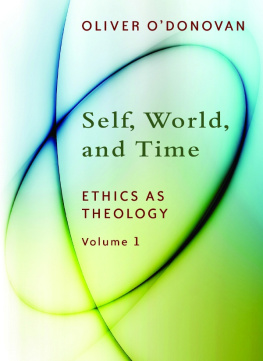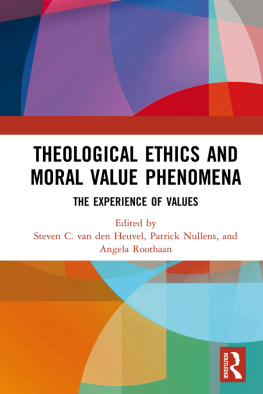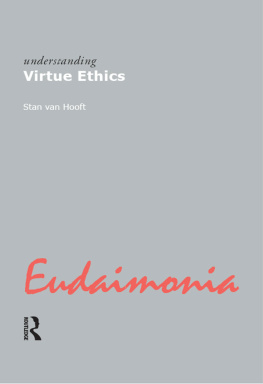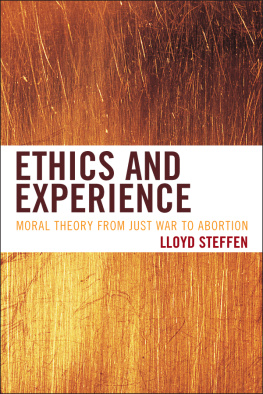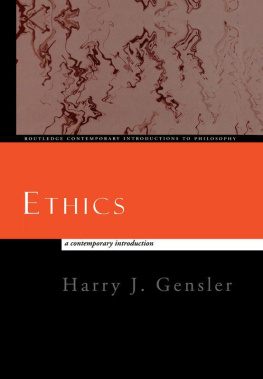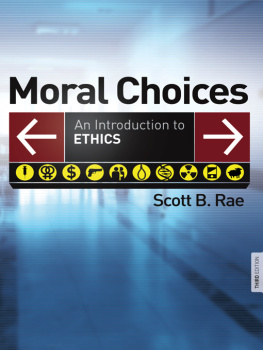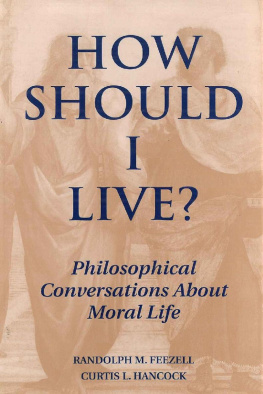

ETHICS FOR LIFE: A TEXT WITH READINGS, SEVENTH EDITION
Published by McGraw-Hill Education, 2 Penn Plaza, New York, NY 10121. Copyright 2019 by McGraw-Hill Education. All rights reserved. Printed in the United States of America. Previous editions 2014, 2011, and 2008. No part of this publication may be reproduced or distributed in any form or by any means, or stored in a database or retrieval system, without the prior written consent of McGraw-Hill Education, including, but not limited to, in any network or other electronic storage or transmission, or broadcast for distance learning.
Some ancillaries, including electronic and print components, may not be available to customers outside the United States.
This book is printed on acid-free paper.
1 2 3 4 5 6 7 8 9 LCR 21 20 19 18
ISBN 978-1-259-91427-0 (bound edition)
MHID 1-259-91427-5 (bound edition)
ISBN 978-1-260-13179-6 (loose-leaf edition)
MHID 1-260-13179-3 (loose-leaf edition)
Portfolio Manager: Jamie Laferrera
Product Developer: Erika Lo
Marketing Manager: Meredith Leo
Content Project Managers: Ryan Warczynski, Katie Reuter, Sandra Schnee
Senior Buyer: Susan K. Culbertson
Content Licensing Specialist: Jacob Sullivan
Cover Image: Design Pics/Natural Selection John Reddy
Compositor: Lumina Datamatics, Inc.
All credits appearing on page or at the end of the book are considered to be an extension of the copyright page.
Library of Congress Cataloging-in-Publication Data
Names: Boss, Judith A., 1942- author.
Title: Ethics for Life : a text with readings / Judith A. Boss, Ph.D.
Description: Seventh edition. | New York, NY : McGraw-Hill, [2019] | Includes
bibliographical references and index.
Identifiers: LCCN 2017050893 | ISBN 9781259914270 (acid-free paper) | ISBN
1259914275 (alk. paper)
Subjects: LCSH: EthicsTextbooks.
Classification: LCC BJ1012 .B595 2018 | DDC 170dc23
LC record available at https://lccn.loc.gov/2017050893
The Internet addresses listed in the text were accurate at the time of publication. The inclusion of a website does not indicate an endorsement by the authors or McGraw-Hill Education, and McGraw-Hill Education does not guarantee the accuracy of the information presented at these sites.
mheducation.com/highered
ii
To My Interns
iii

Contents
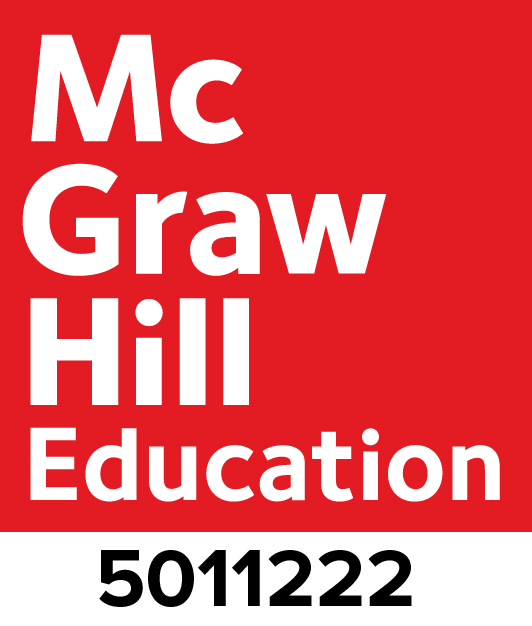
iv



v


vi






vii


viii

Preface
Aristotle wrote that the ultimate purpose in studying ethics is not as it is in other inquiries, the attainment of theoretical knowledge; we are not conducting this inquiry in order to know what virtue is, but in order to become good, else there would be no advantage in studying it. Ethics for Life is a multicultural and interdisciplinary introductory ethics textbook that provides students with an ethics curriculum that has been shown to significantly improve students ability to make real-life moral decisions.
One of the frustrations in teaching ethics is getting students to integrate moral theory into their lives. Developing a meaningful philosophy of life, at one time the highest priority among entering college freshmen, has declined rapidly in the past thirty years as a motive for attending college. Criminal activitiesincluding sexual assault, hate crimes, burglary, drug dealing, and murderremain a problem on many college campuses. On the other hand, while the number has leveled off in the past few years, more college students are engaging in community service since 2001. Despite their good intentions, the moral reasoning of 20 percent of college students is at the level of that of a junior high student. By the time they graduate from college, 90 percent of students will not have made the transition from cultural relativism (in which morality is equated with cultural norms and laws) to independent principled reasoning.
How can ethics teachers provide students with the skills necessary to make better moral decisions in their lives? Traditional ethics courses, which restrict the study of ethics to the purely theoretical realm and avoid any attempt to make students better people, have been found to have little or no impact on students ability to engage in moral reasoning outside the classroom. While students are able to memorize theories and lines of reasoning long enough to pass the final exam, there is little true understanding and carryover into their moral reasoning outside the classroom. When confronted with real-life moral issues, most students simply revert back to their earlier forms of reasoning based on cultural norms or self-interest.
In the 1970s and 1980s, some professors who were dissatisfied with the traditional theory-laden ethics course replaced it with the values-clarification or value-neutral approach. This approach involves nonjudgmental and nondirective discussions of popular moral issues where students are encouraged to express their own opinions without fear of criticism or judgment. Unfortunately, the values-clarification approach has been found to have no positive effect on students moral development and may even inhibit moral growth by sending the message that morality is all relative and hence anything goes as long as it feels good.
ix
These findings have prompted researchers and instructors to look for new approaches to ethics education.
Next page


